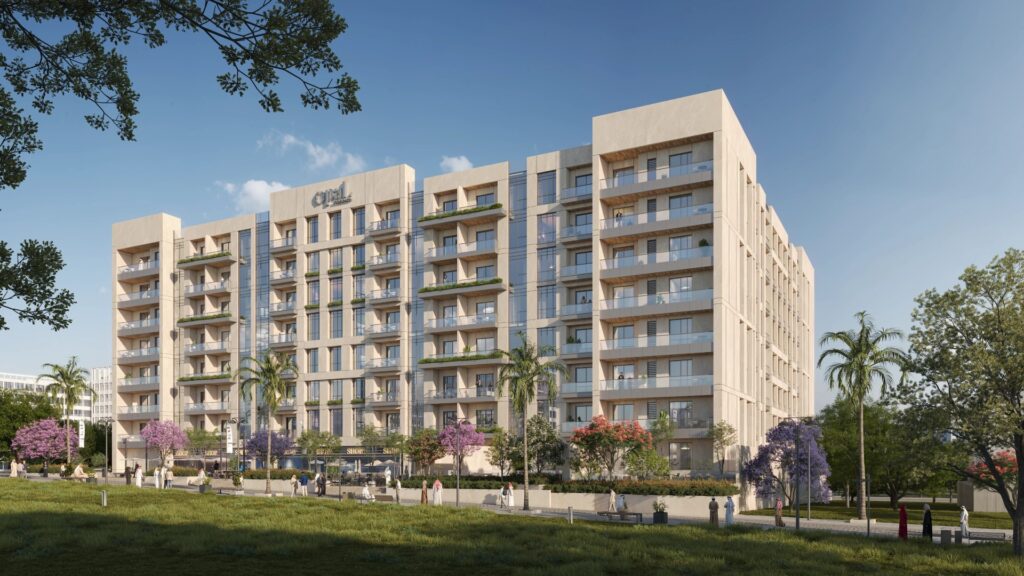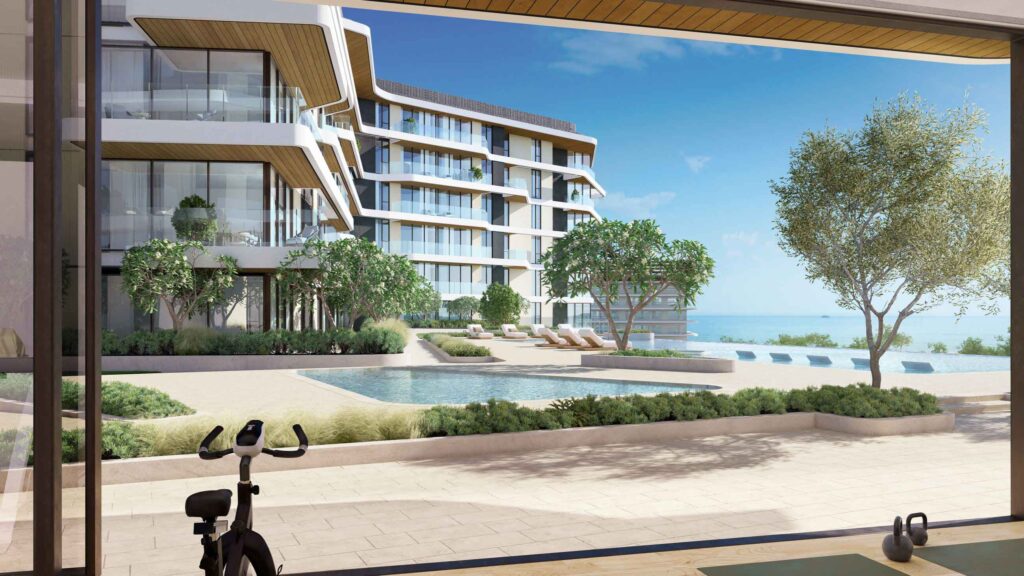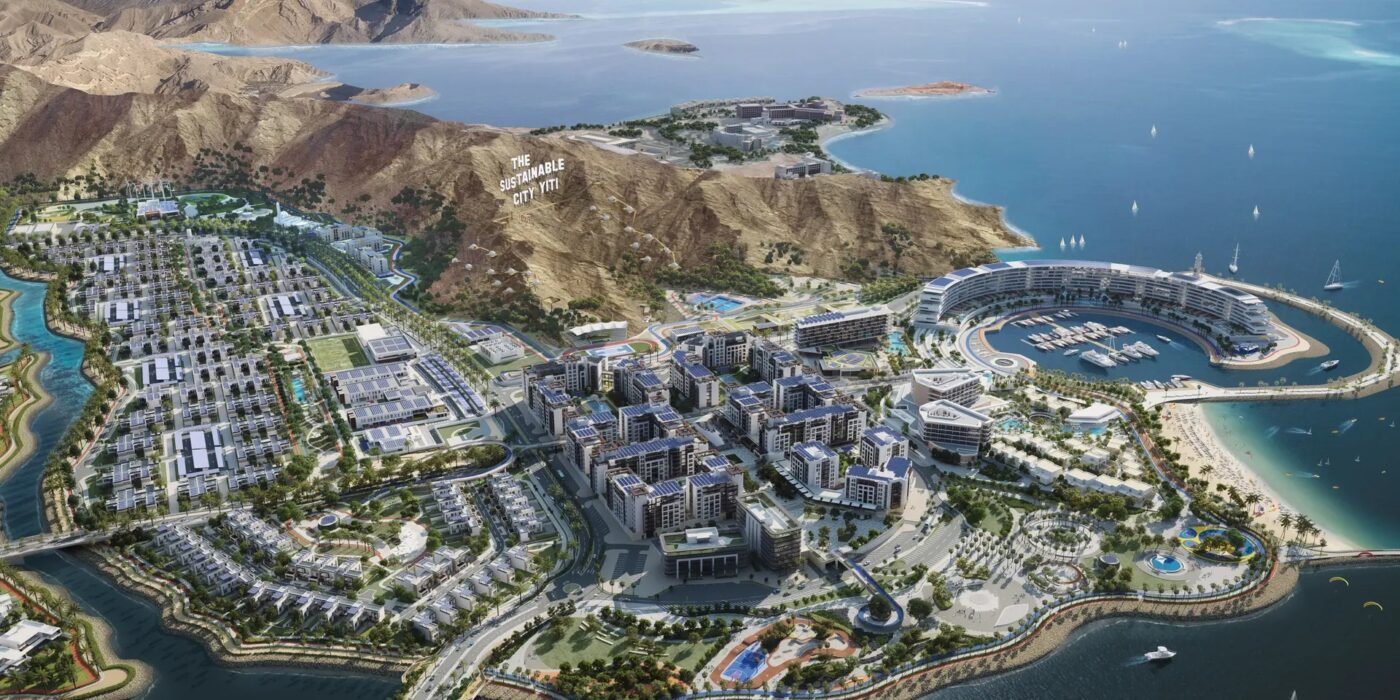In 2025, Oman is among the safest and most attractive real-estate investment destinations for Iranians. Full freehold ownership for foreigners in Integrated Tourism Complex (ITC) projects, the possibility of obtaining residency (including the Golden Visa), and bank financing up to 80% of the property value all smooth the path to purchase. Political-economic stability, growing infrastructure, and a high quality of life make the choice even more compelling.
- Why Oman is an attractive real-estate destination
- Legal frameworks for foreign buyers
- Residency and the Oman “Golden Visa” in 2025
- Key attractiveness indicators of Oman’s property market
- Flagship ITC project: Yiti
- Quality of life for Iranians
- Arts tourism and handicrafts
- Omani art and architecture
- Omani art and architecture
- Practical wrap-up and buyer checklist
- Frequently Asked Questions
Why Oman is an attractive real-estate destination
- Long-term political-economic stability and a predictable business environment
- Investor-friendly regulations for foreigners with transparent processes
- Modern infrastructure: roads, ports, airports, and municipal services
- High quality of life and public safety, with access to international schools and universities
- Full freehold ownership in ITC communities such as Yiti, with professional management, full amenities, and support through residency procedures
Legal frameworks for foreign buyers
- Permitted zones: Non-Omanis may buy in designated areas, especially ITC projects; border provinces and islands are prohibited.
- Required documents: Valid passport, (if applicable) residency card, police clearance certificate, proof of funds and banking statements, title/pre-contract documents.
- Bank financing: Typically up to 80% of property value (with a 20% down payment).
- Ancillary costs: Title registration and transfer fees, legal and valuation fees, loan interest, and community maintenance charges.
- Price drivers: Location (city/neighborhood/access), property type (apartment, villa, townhouse), community services and amenities, size, and view.
Residency and the Oman “Golden Visa” in 2025
By 2025, the residency application process is largely online, and sources indicate a typical response within five business days. Golden Visa tiers:
- 5-year residency: Minimum OMR 250,000 investment
- 10-year residency: Minimum OMR 500,000 investment
Investment types: Property purchase or acquisition of company shares
General criteria: Minimum age 21, health insurance, clean criminal record, and financial documentation. Family sponsorship is available, with access to education and healthcare services.
Key attractiveness indicators of Oman’s property market (based on a field study)
- Political-economic stability (30%): A 40–50-year track record that underpins investor confidence.
- Strategic geographic position (25%): Regional transit and export linkages.
- Tourism and culture growth (20%): Sustained demand for short- and long-term stays.
- Legal protections (15%): Clear ownership rules and buyer rights.
- Market growth potential (10%): New project pipeline and government support.
Flagship ITC project:
- Full foreign freehold ownership with transferability
- Premium, comprehensive amenities: marina, private beach, green spaces, walking trails, retail and dining
- Security and professional management with maintenance services
- Residency process support in line with current regulations
Quality of life for Iranians
Geographic proximity, cultural affinities, and Oman’s multicultural society enhance ease of integration. Job opportunities in oil & gas, petrochemicals, construction, and tourism, along with modern infrastructure, advanced healthcare, strong safety, and clean air, yield a high quality of life. Natural diversity—from coastlines to mountains and deserts—supports an active lifestyle.
Arts tourism and handicrafts
Oman is a “treasure of living heritage”: the Omani khanjar (dagger) and pottery are emblematic. Venues such as the House of Traditional Arts in Muscat and Nizwa Handicrafts Village offer learning and direct purchasing from artisans. Mutrah Souq and Nizwa Souq are known for silverwork, oud and perfumes, textiles, and local attire. In performing arts, Razhah (Al-Razha) and Al-Azi, as well as events like the Muscat Arts Festival, offer a vivid taste of local culture. Experiential tours—e.g., silver-smithing or perfume-making workshops—nicely blend tourism with learning.
Omani art and architecture
A broad spectrum of painting, sculpture, music, and dance draws on desert-inspired floral and animal motifs. Traditional music features the oud and ney, and dances like Al-Ayyalah and Al-Razha have deep historical roots. Architecturally, stone and adobe, geometric patterns, and landmarks such as forts, mosques, and traditional houses stand out. Programs for preservation, revitalization, and education help safeguard this heritage.
Frequently Asked Questions (FAQ)
1) Can foreigners own 100% freehold property in Oman?
Yes. In designated areas, especially ITC projects like Yiti, full foreign freehold ownership is permitted.
2) What is the minimum down payment for a purchase?
Banks typically finance up to 80% of the property value; thus a 10% down payment is required.
3) What are the ancillary costs when buying property?
Registration and title transfer fees, legal fees, valuation, loan interest, and community service/maintenance charges.
4) Does buying property lead to residency?
Yes. Under current rules, real-estate investment can facilitate residency, including 5- or 10-year Golden Visas (subject to minimum investment thresholds).



